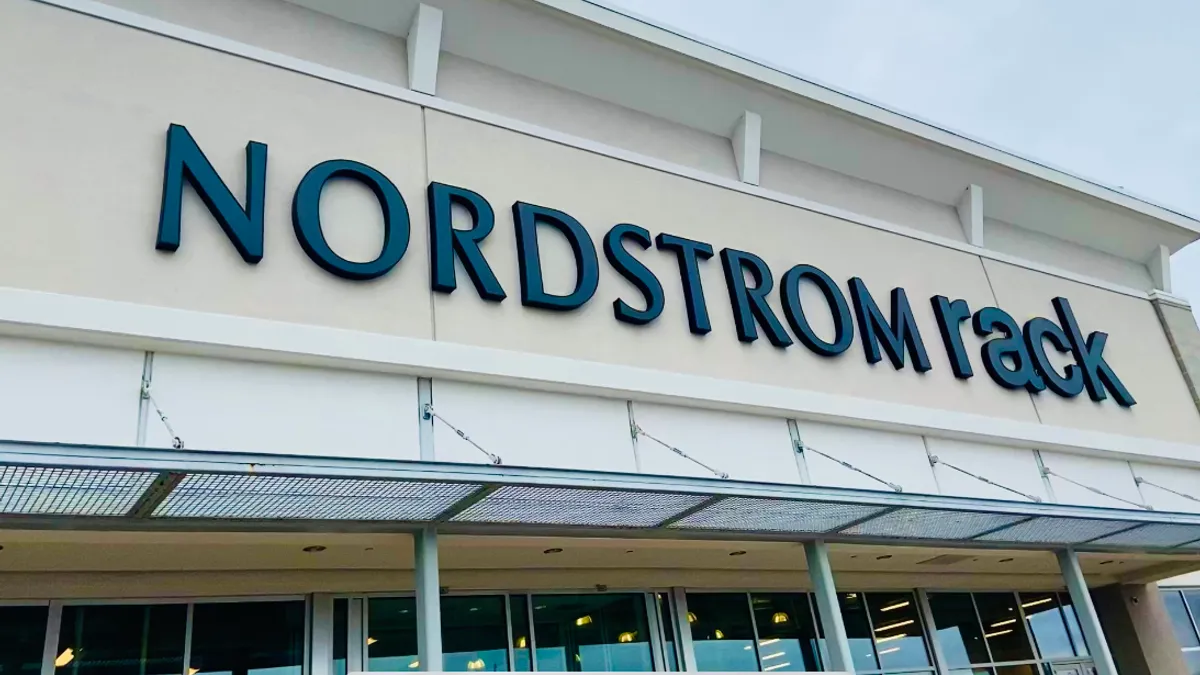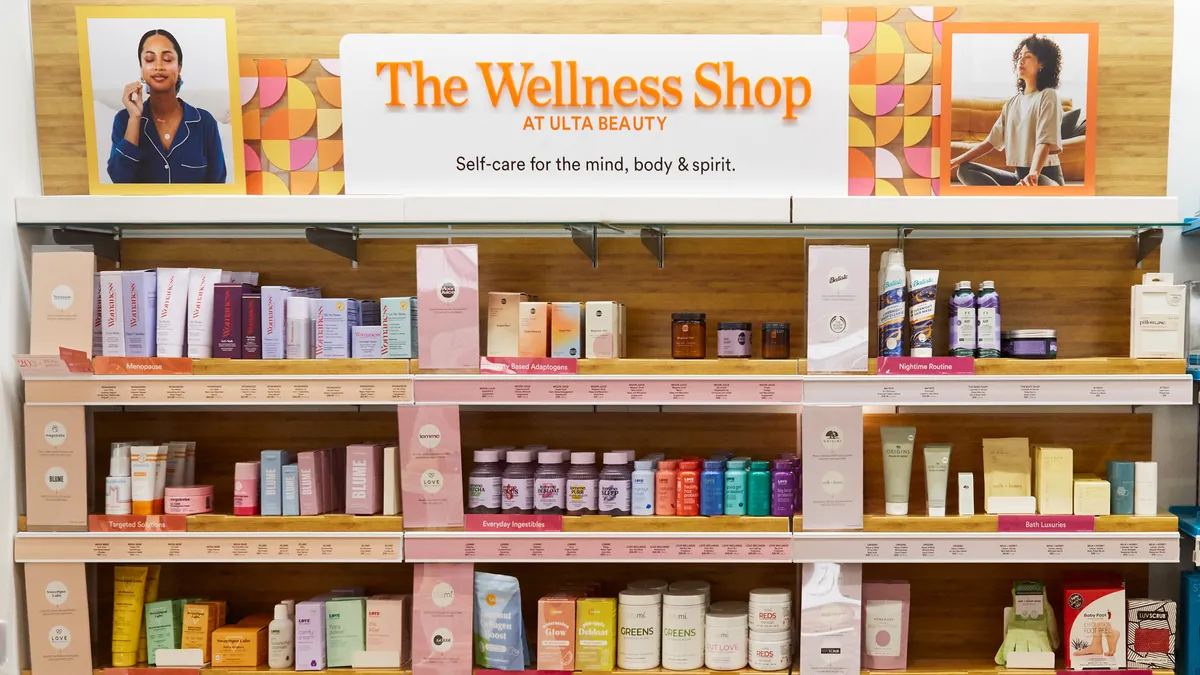Retailers are facing new adversaries in the war for customers’ dollars: smartphones, fine dining, and experiences like concerts and vacations. Rather than solely competing with other retailers for shoppers’ attention, they are instead seeing consumers gravitate to Facebook and Instagrams boasting pictures of a recent meal or a seat at a sold-out show.
According to a PwC survey published ahead of last year's holiday season, millennials said that 52% of their holiday spending would be allocated to experience-related buys, compared to 39% for older consumers. And of the 71% of U.S. online adults that use Facebook, 70% of them engage with the site daily, and 45% do so several times a day, according to Pew Research. This all adds up to more—and more varied—forces vying for the consumer's time and money.
“It’s the non-traditional competitor that you have to worry about, not the traditional competitor,” Steve Joyce, CEO of Choice Hotels, said at the NRF Big Show in New York this week while talking about trends that will drive change in the retail industry.
With all these distractions, retailers have been forced to get creative, creating experiences in their stores and marketing their brands in a whole new way to reach customers. At the NRF Big Show, talks and conversations have focused on how consumers’ changing attention spans are pushing retailers to rethink many aspects of their organizations, from marketing to digital operations.
“When you think that every brand, every store, every mall in the world is sitting comfortably in millennials’ pockets, what that says is the new point of sale is not the store anymore,” Robin Lewis, CEO of The Robin Report, told Retail Dive. “The old notion of ‘build it and they will come,’ and the store is in the center and the consumer wants the store, has been flipped on its head. It’s the consumer at the center. The store has to go to the consumer, wherever they are.”
To reach the “consumer at the center,” retailers have been forced to re-evaluate the value they provide to the consumer. Here are some of the ways in which retailers are dealing with this shift by offering them new services both online and in-store—plus, a simple and easy way to reach their merchandise when they are finally ready to buy.
When traditional marketing doesn't cut it anymore
One of the most obvious ways retailers can bring the store to the consumer is through advertising on the side of a bus or in the pages of a magazine. But while this does a good job of (briefly) reminding consumers of a retailer’s brand, retailers are finding that they need to do more to bring value to consumers through their marketing. It’s something millennials have almost come to expect, especially at a time when loyalty to retailers continues to decrease. Millennials “want to feel special even though they don’t bring loyalty,” Choice Hotels' Joyce said at the show.
Ikea, Target, and Home Depot are just some of the retailers mentioned at the Big Show that are working to inject more value-based content into their traditional marketing plans. All three offer online resources that bring instructional videos to users at no-cost, such as styling tips from Target and home renovation step-by-steps from Home Depot. The videos are relatively low-budget and have the added benefit of incorporating the retailers’ products, making them a subtle marketing tool that still brings free and valuable information to the customer.
Ikea’s “Home Tours” series, which showcases real makeover ideas in real houses, helps win consumers’ trust—a hard thing to do for retailers and advertisers.
“As retailers, we forget how consumers see us. Consumers are not thinking about retailers—they don’t trust retailers,” Alia Kemet, media director at IKEA, told the audience during a panel at the NRF Big Show. “We are building trust by using the digital world to add value to customers.”
But introducing these digital tools doesn’t mean abandoning traditional channels. Kemet explained that Ikea never thought to stop producing its massive print catalogue, the most recent of which clocked in at 328 pages.
“Some may question why we keep on producing the catalogue—but that’s like blasphemy, you don’t just get rid of the catalogue,” Kemet said. Instead, Ikea has looked at ways to transform the catalogue, adding digital and augmented reality components to its pages to help customers visualize pieces of furniture in their homes.
The augmented retality tool has grown from featuring 60 pieces of furniture in the first catalogue it was included in to over 400 pieces, with Ikea seeing “tremendous results” from it, according to Kemet.
Providing unique experiences
Moving beyond value-driven approaches to marketing, retailers are also finding the benefit of providing unique experiences for their customers, even if those experiences may not have a direct return in the form of a sale or even a website visit. Instead, it’s another way to stay relevant to the consumer—to track down their interests and become a part of their world. And while it may seem like an expensive way to reach shoppers, these events, ranging everywhere from free fitness classes and in-store meetups, are becoming all the more important as millennials choose to forgo shopping trips for experiences.
Julie Krueger, Retail Industry Director at Google, provided a classic example of this type of marketing during a panel at NRF: Macy’s Thanksgiving Parade.
“They don’t do that parade because they think that they are going to sell more sweaters that day,” Krueger told the audience. “They are doing it for brand affinity.”
While consumers may not be driven to Macy’s stores during the parade, they are still reminded of the Macy’s brand on the day before perhaps the busiest shopping day of the year, Black Friday.
Other retailers are using similar tactics as well. Capitalizing on the recent consumer focus on health and wellness, Target has recently teamed up with popular fitness brand SoulCycle to offer free classes in 10 cities across the country. "SoulCycle’s signature studio cycling classes are a rising trend," the retailer said in a statement announcing the partnership. "The 45-minute, high-intensity workouts (complete with candlelight and rocking music) have already captivated fitness enthusiasts in several U.S. cities. Now, we’re broadening the program’s reach to give even more guests unprecedented access to this highly sought-after experience."
The idea of offering free fitness classes is nothing new; Nike does so in select Nike stores across the U.S. But Target is unique in hosting many of these classes outside of its stores—negating the opportunity for attendees to impulse-buy something they see while working up a sweat. It seems that, like with Macy’s, the overall brand affinity is worth it for the retailer. Connecting with potential consumers through this hip new workout brand, Target is building on the “cheap-chic” brand it pioneered years ago, perhaps even improving customer loyalty in the process.
While the sales influenced by these events might be hard to measure today, Krueger argues that they are important tools in a retailer’s marketing strategy. In fact, she suggests avoiding the urge to measure any kind of direct sales from this type of marketing: “That would be like judging a fish by its ability to find a tree,” she said.
A new way to think about apps
After retailers have captured shoppers’ attention by ingraining their brand into consumers’ lifestyles through fitness classes or helping them conquer their kitchen renovation, the work isn’t over. Both Joyce and Krueger said at NRF that an easy-to-use app is one of the most important tools a business can have to further rein in a consumer. Maintaining a relevant app positions a retailer on a device that many consumers use every hour of every day, and smart retailers make the app a part of a consumers’ shopping behavior.
Krueger pointed to Target when highlighting an app that helps elevate shopping at its stores. Using Target’s Cartwheel app, which is separate from the retailer’s main app, shoppers receive personalized deals based on their shopping history and can scan products while in store to see if there are deals available. According to Krueger, it’s a “wonderful way to reward customers and add a little thing to the shopping experience.”
And isn’t this last point—adding “a little thing to the shopping experience”—what it’s all about?



















